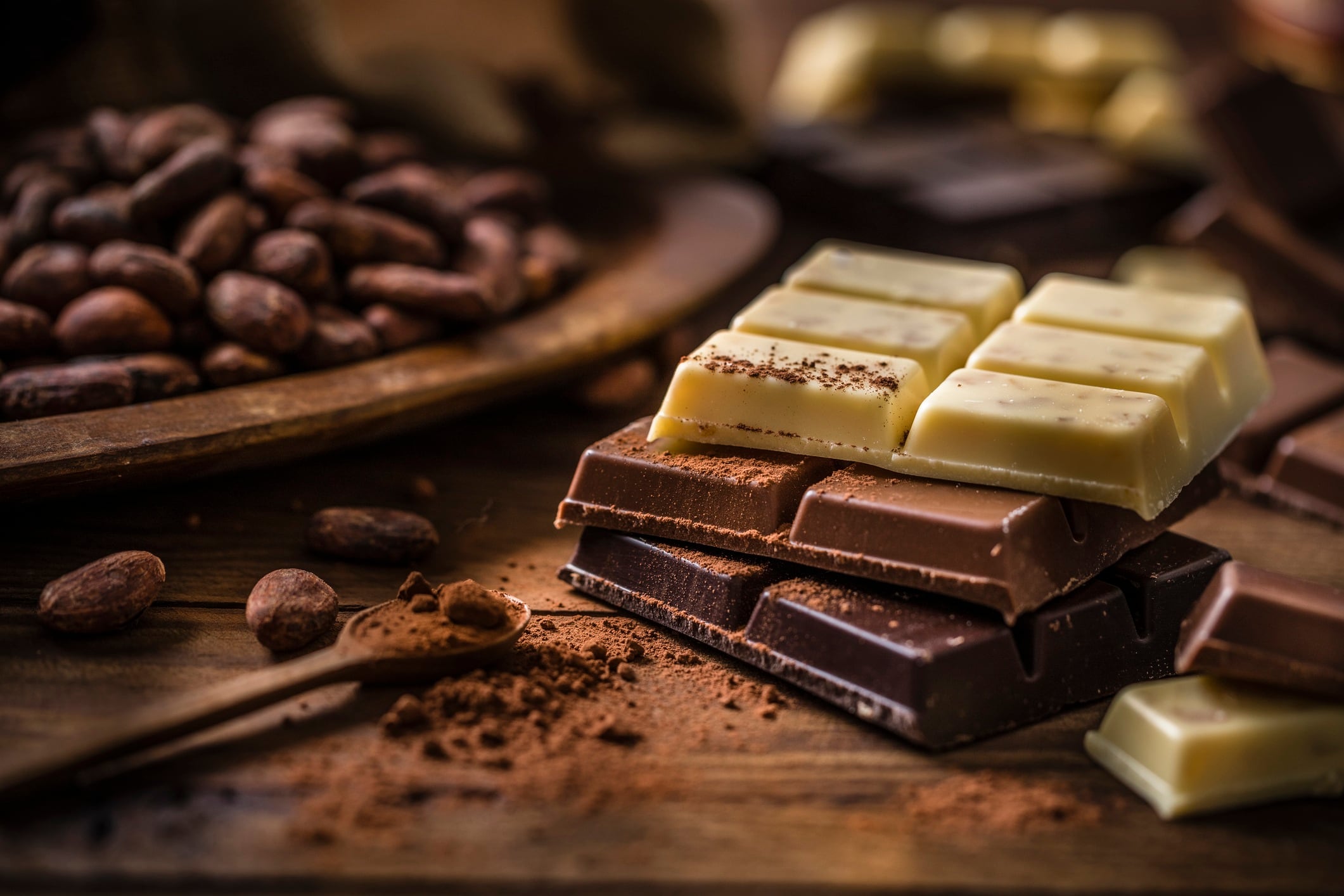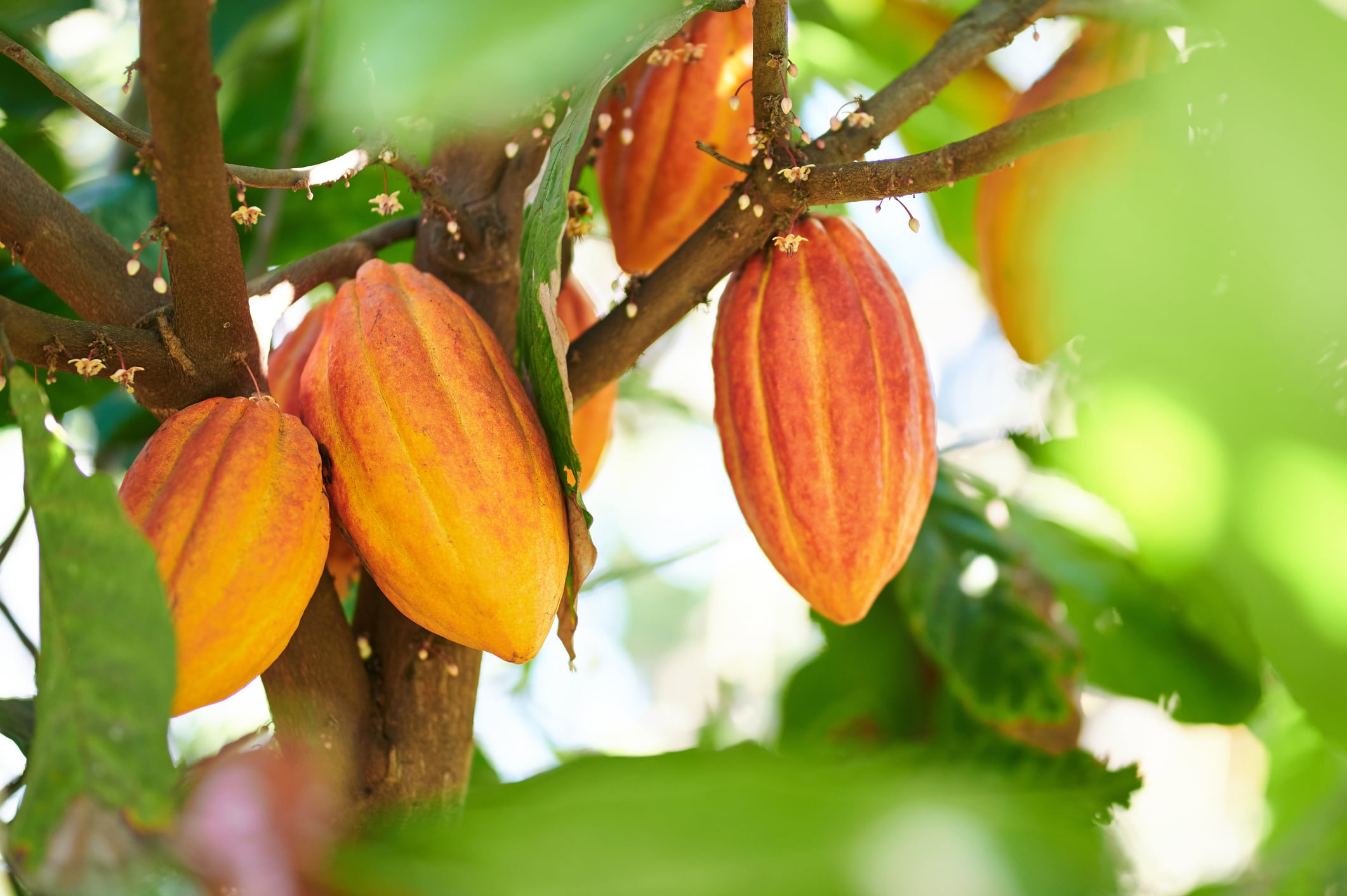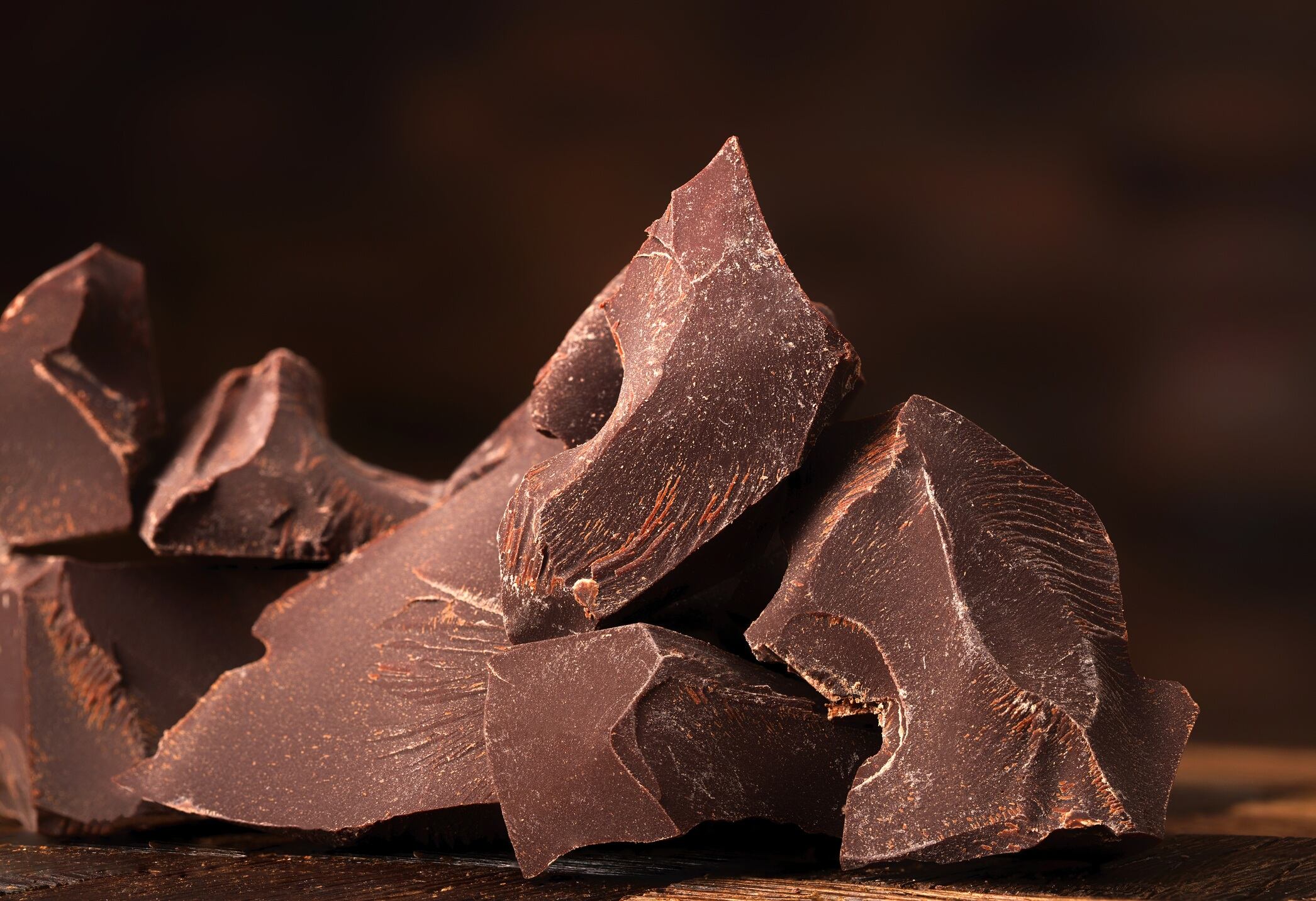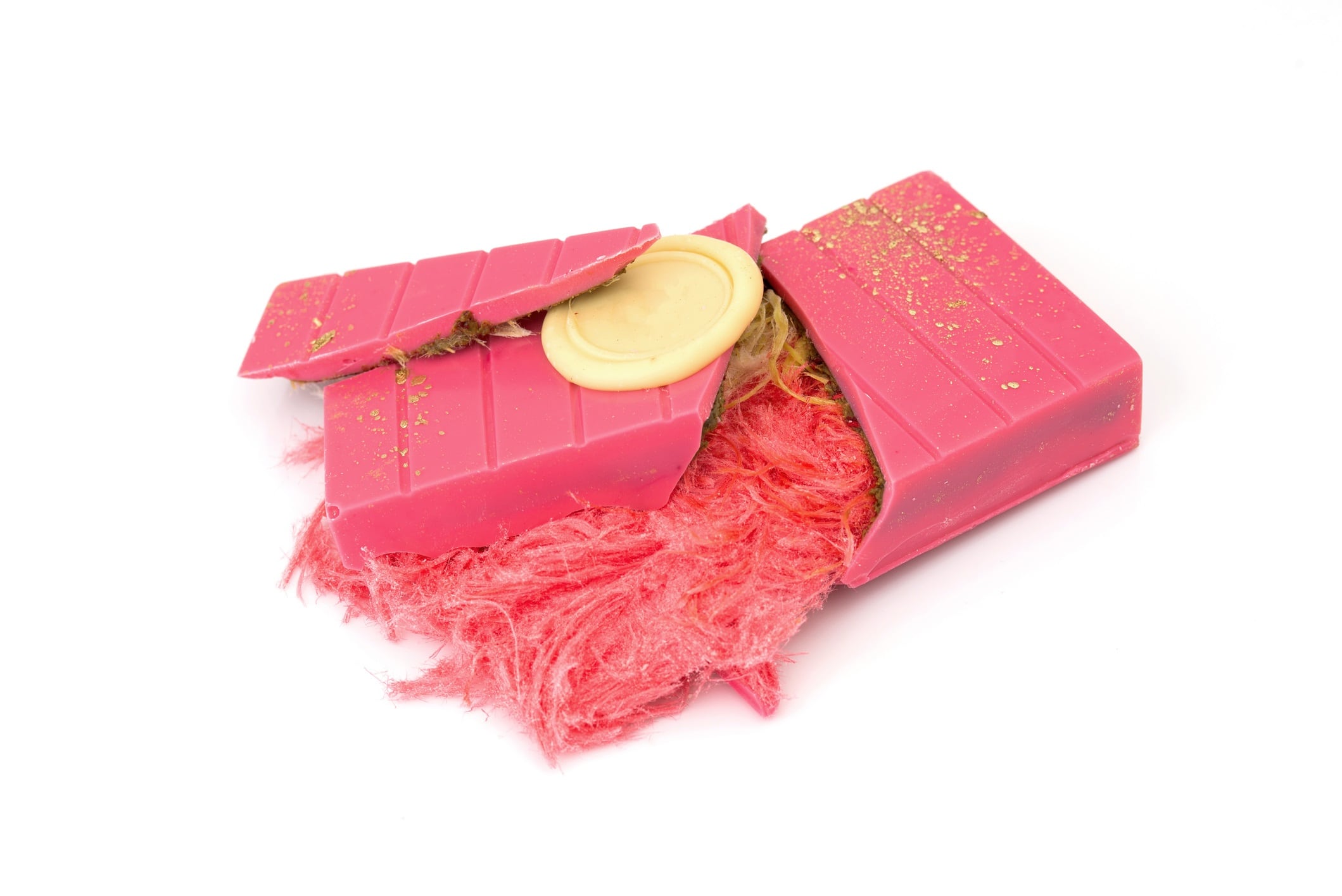What’s driving the raw and minimally-processed chocolate trend? A summary
- Global chocolate market to hit $184bn by 2033 at 4.8% CAGR
- Premium chocolate segment worth $31bn
- Minimally-processed and raw chocolate offers bold flavours and clean-label appeal
- Consumers seek transparency, ethical sourcing and authentic food experiences
Chocolate is a $123bn (€105bn) industry.
And, with a 4.8% CAGR taking the global market value to $184bn by 2033 (market analysts Grand View Research), the industry continues to thrive.
What’s even more exciting for the sector is the innovation explosion happening as a result of its success.
There are new flavour launches, formats and even functional formulations hitting the shelves worldwide.
Added to this, confectionery manufacturers are increasingly entering the premium space (worth $31bn), with one category gaining serious traction - raw and minimally processed.

Raw and minimally-processed chocolate
Raw and minimally-processed chocolate products are, as you’ve probably guessed, those which have been produced using minimal processing and few ingredients. Obvious, right!
What’s trickier to understand is how they’re made. Because, while it might seem straightforward, raw and minimally-processed chocolate comes with a whole host of challenges. The biggest of which is consistency across batches.
“Unlike heavily processed chocolate, where extended refining can mask inconsistencies, our minimal processing approach means every nuance of the bean comes through - for better or worse,” says Alex Whitmore, founder of minimally-processed chocolate brand Taza Chocolate.
“There’s nowhere to hide!” he jokes.
Texture is also tougher to get right because, unlike conventional chocolate which uses extensive refining processes for an ultra-smooth result, raw and minimally-processed chocolate utilises manual processes, leading to a more rustic, grainy product. Though this, says Whitmore, gets the flavour wins.
“While ultra-processed chocolate production strips away much of the bean’s nuanced flavour in pursuit of smoothness, our approach celebrates the bean’s natural complexity,” he explains. “We’re essentially allowing our very high quality ingredients to shine through with minimal intervention.”
Food safety is also a big challenge for raw and minimally-processed chocolate manufacturers, as they can’t rely on the usual techniques used to ensure the product is safe for consumption. That doesn’t mean it’s not achievable.
“Minimal processing absolutely does not mean minimal rigor when it comes to food safety,” says Whitmore. “From receiving raw materials through finished goods storage, we’ve identified critical control points and implemented stringent monitoring procedures.”
The US-based manufacturer also maintains a completely dairy-free facility with zero milk chocolate processing, to eliminate cross-contamination concerns for vegan and lactose intolerant customers.

Raw and minimally-processed chocolate trend growing
The rise of raw and minimally-processed chocolate isn’t just a passing fad, it’s a reflection of deeper shifts in consumer behaviour. As shoppers become more ingredient-savvy and ethically minded, they’re actively seeking products that align with their values. Raw and minimally-processed chocolate ticks many of those boxes.
One major driver is transparency. Consumers want to know where their food comes from, how it’s made, and what’s in it. Raw and minimally-processed chocolate, with their short ingredient lists and direct sourcing practices, offers a clear story from bean to bar.
Another factor is flavour authenticity. Unlike conventional chocolate, which often prioritises smoothness and uniformity, these varieties celebrate the natural complexity of the cocoa bean. This appeals to adventurous eaters and premium buyers looking for a more distinctive taste experience.
There’s also a growing interest in clean label and wellness. While chocolate is still a treat, many consumers are gravitating towards products that feel less industrial and more wholesome. Raw and minimally-processed chocolate avoids additives and emulsifiers, making it attractive to health-conscious consumers.
Finally, the trend is being fuelled by craft and storytelling. Brands like Taza Chocolate are building loyal followings by emphasising artisanal techniques, ethical sourcing, and small-batch production. These elements resonate strongly in a market where consumers increasingly value authenticity over mass production.
In short, raw and minimally-processed chocolate is riding the wave of conscious consumerism, and it’s doing so with bold flavour, ethical roots, and a compelling story.
“We’ve witnessed a genuine transformation in consumer consciousness around chocolate over the past decade,“ says Taza Chocolate’s Whitmore. ”People are increasingly curious about where their food comes from, how it’s made, and what’s actually in it. They’re reading labels, asking questions, and seeking authenticity - minimally processed chocolate speaks directly to these values."

Raw and minimally-processed chocolate’s future
As the chocolate industry continues to evolve, raw and minimally-processed chocolate stands out, not just as a niche offering, but as a symbol of a broader shift in consumer values. Transparency, authenticity, and quality are no longer optional, they’re expected. Brands like Taza Chocolate are proving that it’s possible to meet those expectations while staying true to craft and tradition.
With raw and minimally-processed chocolate gaining ground, the future of the category looks rich with possibility. Whether it’s stone-ground texture, bold cocoa flavour, or ethical sourcing, today’s chocolate is about more than indulgence, it’s about experience. And if current trends are anything to go by, that experience is only going to get deeper, more diverse, and more delicious.
What is raw and minimally processed chocolate?
What is raw chocolate?
Raw chocolate is chocolate made from unroasted cacao beans. The beans are processed at temperatures below 42 Degrees Celcius (108 Fahrenheit). This minimal processing is intended to preserve nutrients including antioxidants, magnesium, and iron, which may be reduced by the high-temperature roasting in traditional chocolate production.
Raw chocolate often uses natural sweeteners like agave syrup or coconut sugar instead of refined sugar, and many are dairy-free
What is minimally-processed chocolate?
Minimally-processed chocolate is made from fewer ingredients and with less heat, often using a "raw" or unroasted cacao bean. This results in a more rustic, less smooth texture and a flavour that reflects the nuances of the bean itself, as it avoids the extensive refining and other processes used to make conventional chocolate.





